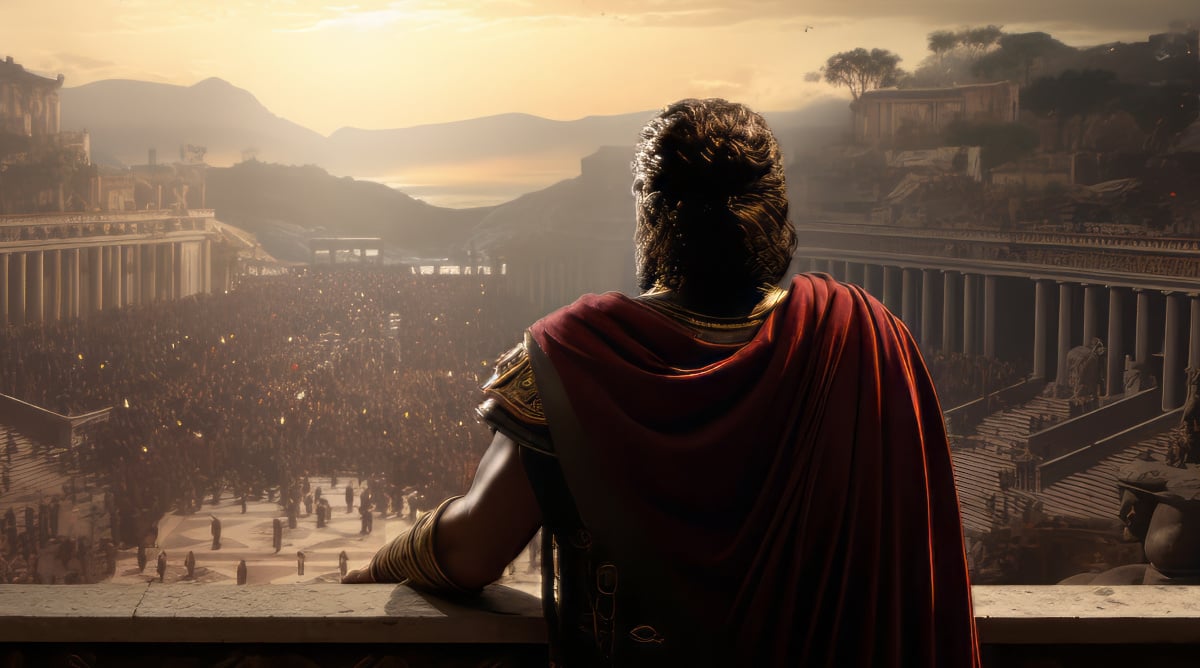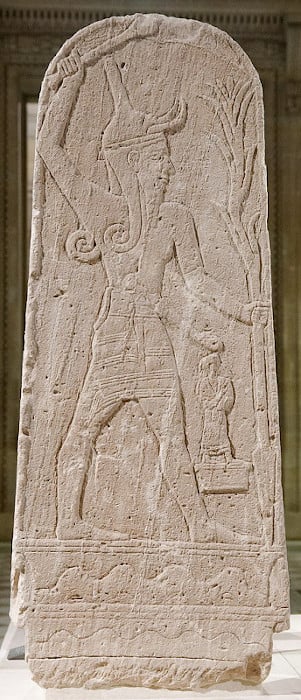
Struggles in Ancient Religious Reform: The Rise and Fall of the Cult of Elagabalus
In the ancient chronicles of Rome, few figures evoke as much intrigue and controversy as Elagabalus, the teenage youthful emperor whose rule in the early 3rd century AD was defined by ambitious religious reforms centered on the Syrian deity, Elagabal. Characterized by its elaborate ceremonies and departure from traditional Roman practices, the Cult of Elagabalus attempted to reshape religious norms to align with personal beliefs and political agendas. Yet, despite the emperor's efforts to promote his deity within the Roman pantheon, the cult was met with limited success. Like those who came before him, the dynamics and shortcomings of ancient religious reform initiatives highlights the complexities and challenges in political climates entrenched in cultural traditions.
A Life of Servitude
Born in Emesa, Syria, Sextus Varius Avitus Bassianus (Elagabalus) enjoyed a life of privilege and opportunity. His mother was a cousin to the current Roman emperor, Caracalla, a relative of the Severan dynasty. His family name also connected him to the Roman Syrian Emesene dynasty, the House of Sampsigeramus, priestly kings. As such, he was given rights to the priesthood, which he honorably obliged himself to. From a young age, he acted as the head priest to Elagabal, Ba’al of Emesa, lord and primary deity of Syria.
- Little Emperors and Their Regents: Child Rulers & the Supportive and Destructive People Behind Them
- Roman Emperor Elagabalus Assigned Transgender By A British Museum
Elagabal, whose name translates to “God of the Mountain,” was the sun god, representing the principles of masculinity and the warmth of fertility. With him, were his divine consorts: Atargatis, the Great Mother, and Astarte, the goddess of fertility. Ancient Babylonia deeply inspired the religion of Syria; therefore, many of Elagabal’s qualities and rituals were reminiscent of this time. In appearance, however, he more closely resembled the nearby Chaldean god Gibil, god of the black stone. Elagabal’s cultic statue was never seen in human form; it was the baetyl, a large, conical black stone that fell from the sky as a gift from the god.

The Canaanite deity, Baal, in a smiting position. (Jastrow / Public Domain)
To celebrate Elagabal, festivals were held as an adaptation of the ancient Babylonian New Year, the Akitu Festival, held every spring to commemorate rebirth and the agricultural cycle. It was a week-long event that took place in the first month of their calendar year. The festival revolved around the high priest, the king, and the supreme god, Marduk, along with his son, Nabu. Traveling to the temple of Nabu, the king would rest, and return to Babylon with the god’s statue. He would then perform a royal ceremony in the temple of Marduk, being gifted an oracle. Later, all the gods received cleansing and new dress before being brought to Babylon and placed on exquisitely decorated chariots. Riding through the city with Marduk, they ended their tour within the house of the new year. The festival was a joyous occasion, full of song, dance, and sacrifices to the god.
In Emesa, the festival was much the same, a splendid celebration and meeting of the gods to honor Elagabal. As was tradition in Emesa, and the greater Syria, the high priest conducted all activities, including festivals, and was solely responsible for elevating the reputation of the cult. Additionally, they were forbidden to serve any other god and must commit themselves wholly to their purpose. Thus, the young Sextus dedicated himself in favor of Elagabal, as would be expected. However, his life of servitude would take a dramatic turn as emperor Caracalla died and his successor, Macrinus took the throne.
Sextus’ grandmother, Julia Maesa was an ambitious woman, and Macrinus knew this. He also knew that Julia Soaemias, Sextus’ mother, was a cousin to the late emperor, challenging his ascension. To protect his position, he had the family banished from entering Rome, forced to stay in Emesa. Julia Maesa did not take kindly to this; she saw an opportunity slipping from her grasp. In retaliation, she plotted against him, spreading rumors of illegitimacy and scandal. She further claimed that Sextus was the true son of Caracalla, born from a union between cousins. Slowly her rumors took hold, and the people turned against him. A battle ensued and Macrinus was murdered alongside his supporters, ending his short reign. Suddenly, at the age of 14, Sextus became emperor.
New Beginnings in Rome
Sextus did not immediately go to Rome upon his ascension. He chose, instead, to change his official name to Marcus Aurelius Antonius, matching his supposed late father, and explore the different regions of Italy. Roughly two years later, and in preparation for his arrival, he had a portrait of himself placed in the senate house in hopes that members would familiarize themselves with his unique attire. Sextus (now Marcus) was not particularly fond of Roman attire; rather he preferred his traditional Syrian garb. It was said that he had his image intentionally placed above that of Victoria, the goddess of victory and equivalent to the Greek Nike, so that he too would receive offerings.
When Marcus finally arrived in Rome, the Romans graciously welcomed him; he was, after all, the rightful heir. With him, he brought his mother, grandmother, and the baetyl of his god. Marcus had no intention of leaving the cult of Elagabal or giving up his priestly duties. One of his first acts as emperor was to build grand temples in his god’s honor. The most prominent, the Elagabalium, sat in the center and oldest part of the city, Palatine Hill. His goal was to assimilate Elagabal into Roman religion, a plausible step considering the Romans were already somewhat familiar with Syrian gods. The emperor Caracalla was the son of a Syrian woman from the Severan dynasty, and numerous Syrians traveled and lived in Rome. Many, including Caracalla, expressed the desire for inclusion. It seemed the new emperor was doing just that.




